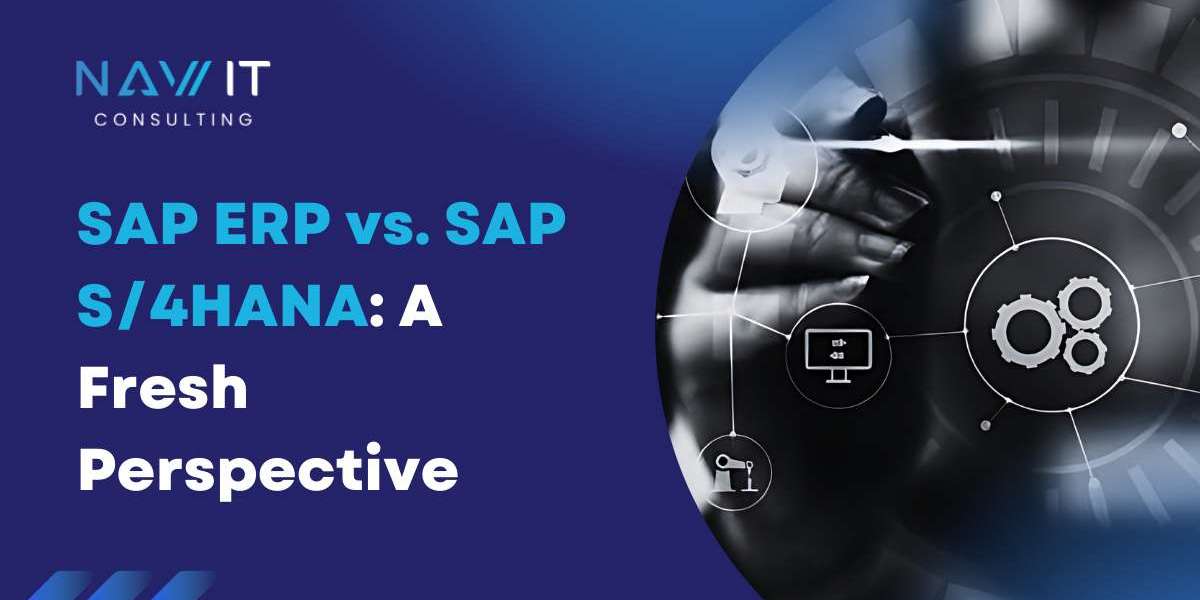When choosing an enterprise resource planning (ERP) system, businesses often weigh SAP ERP against SAP S/4HANA. Both systems streamline operations, but they differ significantly in design, functionality, and user experience. This comparison highlights their unique strengths, focusing on how they impact organizations and employees, ensuring a fresh and original take.
SAP ERP: The Trusted Classic
SAP ERP, commonly known as SAP ECC, has been a go-to solution for decades, integrating processes like finance, procurement, and inventory management. Its modular structure—encompassing modules such as Controlling (CO), Production Planning (PP), and Human Capital Management (HCM)—offers flexibility for businesses to adapt the system to their specific needs. For many companies, SAP ERP is a dependable backbone, supporting complex operations with robust customization. However, its traditional database and SAP GUI interface feel dated. Employees often find the system’s navigation unintuitive, requiring significant training to master its intricate processes. Additionally, its reliance on batch processing delays data updates, which can slow down decision-making in fast-paced environments.
SAP S/4HANA: The Future-Ready Platform
Introduced in 2015, SAP S/4HANA leverages the HANA in-memory database to deliver real-time data processing. This enables instant analytics, empowering users to make quick, informed decisions. Its Fiori interface is a game-changer, offering a user-friendly, mobile-accessible experience with role-based dashboards. For instance, a sales manager can monitor deals or approve orders on the go, unlike the desktop-bound SAP ERP. VS S/4HANA also integrates cutting-edge features like AI-driven automation and predictive tools, enhancing efficiency in areas like supply chain forecasting. However, its leaner data model may limit customization compared to SAP ERP, posing challenges for organizations with heavily modified legacy systems.
Key Differences and Organizational Impact
For employees, SAP ERP’s complexity can be a hurdle, often requiring extensive support to navigate. In contrast, S/4HANA’s intuitive design reduces training time and boosts productivity. Real-time insights allow teams to respond swiftly—picture a warehouse manager addressing a supply issue instantly instead of waiting for daily reports. Yet, migrating to S/4HANA demands significant investment in time, money, and retraining, which can disrupt operations if not managed carefully. With SAP ERP’s support ending in 2027, businesses must plan for the future, as staying with the older system risks obsolescence.
Making the Right Choice
SAP ERP remains a solid choice for organizations valuing stability and deep customization, particularly if they’re not ready for a major overhaul. S/4HANA, however, is built for agility and innovation, ideal for companies aiming to leverage real-time data and modern technology. The decision hinges on your team’s adaptability and your business’s long-term vision. A well-planned transition to S/4HANA can empower employees and position your organization for growth in a digital-first world.








